From Good to Great: What High-Performing Teams Do Differently

👋🏻 Hello growth seekers,
James Dyson’s story is a powerful example of how sustained effort and small, incremental changes can transform a good idea into something truly great. When Dyson first set out to create a vacuum cleaner that didn’t lose suction, his initial designs were far from perfect. In fact, they were good, but not revolutionary. It took him over 5,000 prototypes and years of experimentation to finally bring the first bagless vacuum cleaner to market. What stands out in Dyson’s journey is his refusal to settle for anything less than excellence. In the corporate world, this same philosophy applies: the difference between good and great teams lies in the commitment to continuous improvement. High-performing teams don’t rest on their laurels when they achieve a “good” result—they ask themselves, “How can we make this better?” They embrace the process of refining ideas, learning from each setback, and adjusting their strategies until they reach a higher level of performance. Dyson’s determination shows us that greatness isn’t about having a perfect plan from the start—it’s about being willing to fail, learn, and improve constantly, until that good idea evolves into something exceptional.
🌱 The Mindset that Separates Good from Great
What truly distinguishes high-performing teams from those that are merely good is the mindset they adopt when facing challenges and opportunities. Dyson’s relentless pursuit of the perfect vacuum cleaner was driven by a belief that success doesn’t come from achieving perfection right away, but from embracing the journey of improvement. Each of Dyson’s failures was a lesson in what didn’t work, and those lessons led him closer to the breakthrough that would change an industry. For corporate professionals looking to move from good to great, this approach is crucial. The process of getting from good to great is often a slow one, filled with missteps and learning curves, but it’s this very willingness to keep going, to keep improving, that drives sustained excellence. Teams that excel understand that it’s not about avoiding failure but about using each challenge as an opportunity to refine their approach. In the workplace, this means consistently evaluating processes, embracing feedback, and making small adjustments to improve the quality of work every single day. It’s the belief that continuous improvement, no matter how incremental, is the path to extraordinary results.
🔄 The Role of Leadership in Going Beyond Good
At the heart of Dyson’s success was his leadership style, which created an environment where his team was free to experiment, fail, and refine their work without fear of judgment. Dyson knew that in order to achieve something groundbreaking, he needed to foster a culture that encouraged continuous learning and improvement. This is a key lesson for leaders in any organization: great leadership is not just about setting a clear vision but about building a culture where innovation thrives. High-performing teams are fueled by a leader’s ability to create a space where individuals feel safe to explore new ideas, challenge the status quo, and take risks. In these environments, every mistake becomes an opportunity to learn and grow. For leaders aiming to build great teams, the focus should be on nurturing an atmosphere of trust, open communication, and a shared commitment to collective improvement. Just as Dyson’s team could rely on his leadership to guide them through failure, leaders in the corporate world must provide the same support and guidance to their teams. Creating a safe, empowering space for employees to innovate, make mistakes, and collaborate is essential for going from good to great. When people feel valued and supported, they are more likely to bring their best ideas forward, and that’s when the real breakthroughs happen.
Practical tools
In this "Practical Tools" section, we've put together a set of resources to support your personal growth journey. Chosen for those keen to explore deeper and refine their leadership qualities, these tools are designed with genuine intention. Here, it's all about taking meaningful steps towards personal betterment. Let's begin!”
🎯 Strategic Goal Calibration
High-performing individuals and teams succeed by aligning their goals with the broader organizational strategy. Use the OKR Framework (Objectives and Key Results) to set clear, ambitious objectives paired with measurable outcomes. Begin each quarter by asking: “What’s the one objective that, if achieved, would make the biggest difference to our team’s success?” Regularly revisit these goals, adapting your key results as priorities shift. A leading business school case study on Intel shows that this practice not only improves focus but also encourages proactive problem-solving when obstacles arise.
🧠 The Pre-Mortem Exercise
Before launching a project or initiative, engage your team in a Pre-Mortem Analysis, a concept pioneered by psychologist Gary Klein. Unlike traditional risk assessments, a pre-mortem assumes the project has already failed and asks participants to identify the reasons why. This “reverse hindsight” technique allows teams to anticipate challenges and mitigate risks proactively. Business schools teach this as a critical tool for improving strategic planning and execution in complex environments.
📌 The Rule of Two Percent
For leaders striving to elevate team performance, the Rule of Two Percent is a high-impact coaching technique. Dedicate two percent of each day—just under 30 minutes—to intentional, one-on-one interactions with team members. Use this time to provide tailored feedback, address roadblocks, or align on goals. Research from IMD Business School shows that consistent, focused coaching interactions significantly improve team engagement and individual performance, creating a culture of continuous growth.
Food For Thought
Welcome to the "Food for Thought" section, your gateway to a curated selection of resources that will nourish your curiosity and inspire your creative journey. In this corner of Growth Republic, we bring a collection of insightful resources that you can look for on the web, from thought-provoking podcasts or books, to illuminating online articles that can expand your horizons and deepen your understanding of the topics we explore. Consider it your intellectual pantry, stocked with ingredients to feed your mind, and ignite your creativity. Dive into these resources and let the feast of knowledge begin.
📖 Book: "Good to Great: Why Some Companies Make the Leap... and Others Don’t" by Jim Collins - This foundational book explores the characteristics that distinguish great companies from merely good ones, based on extensive research. It offers timeless principles applicable to team and organizational success.
📄 Article: "The Feedback Fallacy" by Marcus Buckingham and Ashley Goodall (Harvard Business Review)- A groundbreaking article that challenges traditional notions of feedback and offers fresh perspectives on how to make feedback loops more impactful for personal and team growth.
📄 Article: "The Discipline of Teams" by Jon R. Katzenbach and Douglas K. Smith (Harvard Business Review) - A classic article on what makes teams truly effective, highlighting the importance of shared goals, accountability, and collaboration.
📖 "Leaders Eat Last: Why Some Teams Pull Together and Others Don’t" by Simon SinekThis book dives into the psychology of high-performing teams and the role of leadership in creating a culture of trust and collaboration.
Quote Of The Week
«Great things are done by a series of small things brought together. — Vincent Van Gogh
About the Author

Hi, I am Cesare Zavalloni. I am a Certified Executive Coach by IMD business school and Associated Certified Coach (ACC), member of International Coaching Federation (ICF). I bring more than 20+ years of experience as corporate executive in Fortune 100 companies and as outdoor adventurer. My purpose is to guide, encourage and inspire young professionals and executives like you to see your authentic leadership nature and the new possibilities this realization creates.
Enjoy this newsletter?
Forward to a friend, sharing is caring.
Was this forwarded to you? If you would like to receive it in the future, subscribe here.
Anything else? Hit reply to send us feedback or say hello. We don't bite!
Here's to a future of growth and success!



